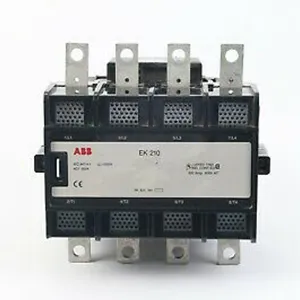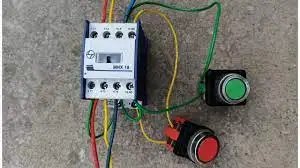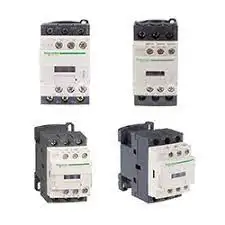1. Coil or Electromagnet: This is the most crucial component of a contactor. The driving force that is required to close the contacts is provided by the coil or electromagnet of the contactor. The coil or electromagnet and contacts are protected by an enclosure.
2. Enclosure: Just like the enclosures used in any other application, contactors also feature an enclosure, which provides insulation and protection from personnel touching the contacts. The protective enclosure is made from different materials, such as polycarbonate, polyester, Nylon 6, Bakelite, thermosetting plastics, and others. Generally, the open-frame contactor features an additional enclosure, which protects the device from bad weather, hazards of explosion, dust, and oil.
3. Contacts: This is yet another important component of this electrical device. The current carrying task of the contractor is done by the contacts. There are different types of contacts in a contactor namely, contact springs, auxiliary contacts, and power contacts. Each type of contact has an individual role to play.






